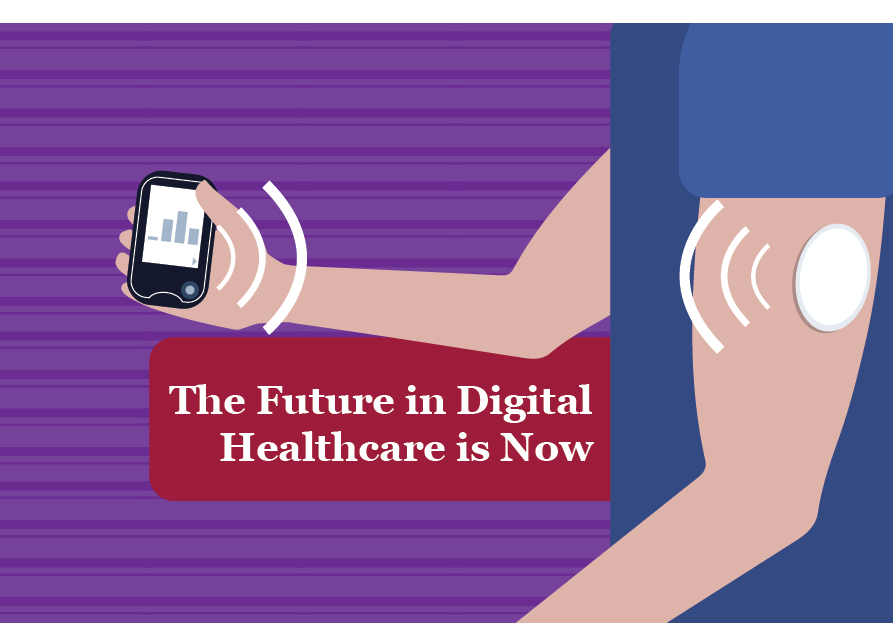With the continued advances of Artificial Intelligence and Machine Learning (AI/ML), we are at the forefront of a new medical device era. In our previous blogs AN UPDATE ON FDA’S DIGITAL SOFTWARE PRE-CERTIFICATION PROGRAM and MODIFICATION AFTER INITIAL REVIEW AND TRANSPARENCY AND REAL-WORLD PERFORMANCE MONITORING we discussed the proposed regulations from FDA on medical devices incorporating AI/ML and the Software Pre-Cert Program. While FDA is taking strides to better ensure patient safety, devices can still be approved through traditional channels.
On June 6th, FDA approved a continuous glucose monitoring device through the PMA pathway. This device has the ability to continually monitor blood glucose levels for 90 days sending the data through Bluetooth to the connected smart device(s). It can interpret historical data to aid in therapy adjustments, predict future levels, and give alerts via the on-body sensor. This is an exciting new device featuring the possibilities available in the digital healthcare space.
While this device was not approved with the ability for modifications without resubmission, it is still an exciting time we are marching toward in healthcare. FDA has shown that while they are taking strides to make an approval process better suited for groundbreaking digital health solutions, they are not willing to let the industry lag in innovation.
Need help with your regulatory submission? Want to know how to build a sustainable quality management system? We can help! Contact us at info@emmainternational.com or 248-987-4497.
FDA (Jun 2019) Approval Order retrieved on 06/19/19 from https://www.accessdata.fda.gov/cdrh_docs/pdf16/P160048S006a.pdf.





